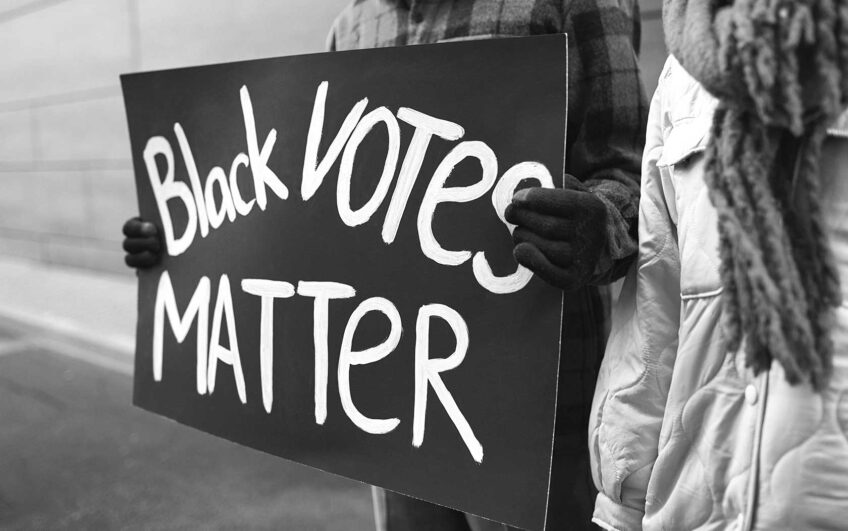Boston Public Schools is failing our high-needs students. In creating its reopening plans, BPS created plans for all schools and all students, rather than prioritizing students who had not received in-person services since March. When COVID-19 rates hit 4.1%, Mayor Martin Walsh and Superintendent Brenda Cassellius focused efforts on keeping schools open despite going over the 4% rate that they had agreed upon with the BTU.
BPS then began to threaten teachers in order to stay open for the between 1,300 and 2,600 students currently attending school in-person, instead of developing a better plan or adopting the many safer suggestions made by parents, students and the BTU. This led to the BPS and the BTU fighting in court over defining “safe schools.” Through all of this, parents and teachers have been pitted against one another, there is still no long-term BPS plan for high-needs students and students continue to suffer from lack of services.
The impact of the BPS’ poor planning and lack of good-faith negotiation has increased the opportunity debt for students with high needs, who are also overwhelmingly Black and Latino, and are the same students who struggled to access services last spring. Only 20% of students with disabilities, 24% of English language learners and 18% of homeless students logged in at least 80% of the time. For high school students, these numbers were even more dire. Despite many School Committee meetings in which families and teachers overwhelmingly expressed their concerns, the plan by the district remains inadequate.
The list of demands is simple: 1) Identify our high-needs students for in-person services; 2) utilize safe spaces in school, in community and in homes; 3) Partner with our community providers to identify safe spaces and develop best practices for in home services; 4) Plan for students’ needs, including in-person services, compensatory services and evaluations for our special education and ELL students; 5) Communicate with the community and listen and partner with families in supporting their students.
The district’s current reopening plan, paused by Mayor Walsh due to the rise in COVID-19 cases, is woefully inadequate. Although some students with high needs are going into school buildings, many go into buildings where they have screens placed in front of them rather than receiving in-person instruction or services, despite advocacy for a better plan. Since July, parents, students and teachers expressed concerns about educators being required to teach both in-person and online at the same time. This doesn’t meet our students’ needs.
The district needs to reorient how they are thinking about in-person learning and have a plan for what to do if city services are shut down. They have to stop relying on traditional school buildings and classes and think creatively about how to provide in-person services in safe spaces for high-needs students. Currently, BPS has not had air quality tests that measure CO2 exchanges by an independent auditor to ensure that students and staff can safely be in buildings for extended periods of time. Instead, the district is using box fans and an open window as a solution for ventilation — when winter is quickly approaching. This cannot wait. COVID-19 cases are steadily increasing, and our students cannot handle another interruption in their education. The plan needs to be developed immediately to prevent any more lost education and developmental time, as parents, students and the BTU have been advocating for since March.
Ruby Reyes is executive director of the Boston Education Justice Alliance.






